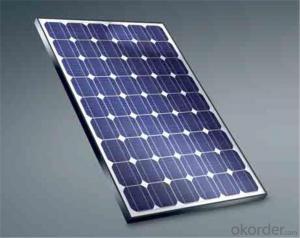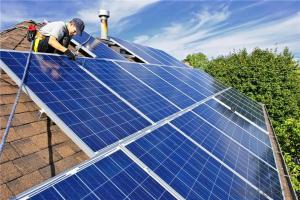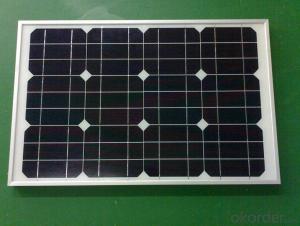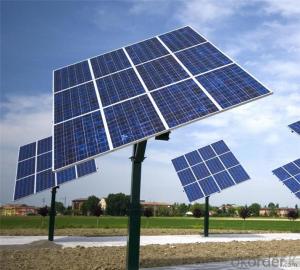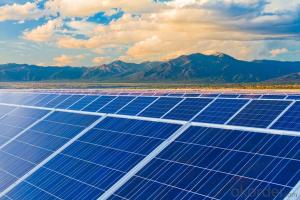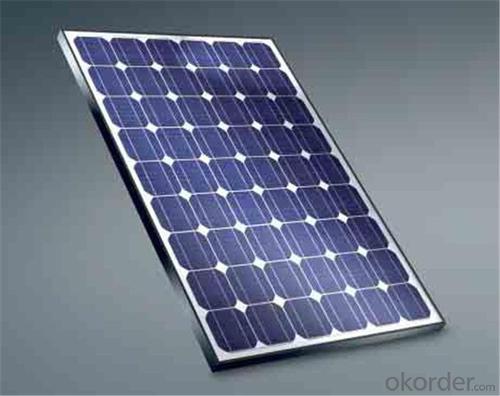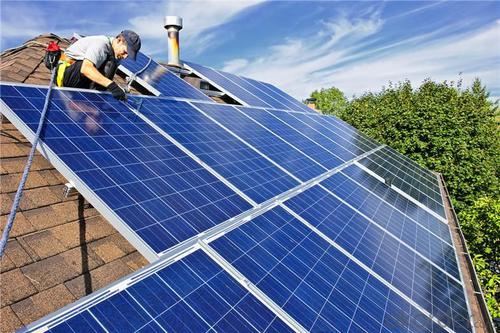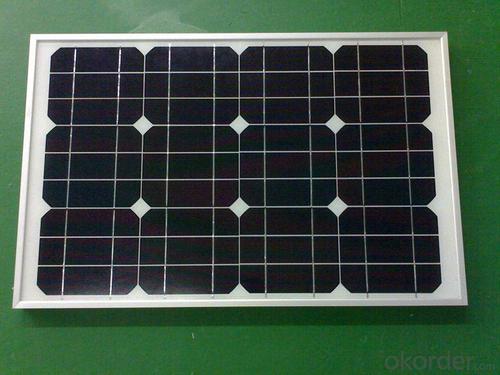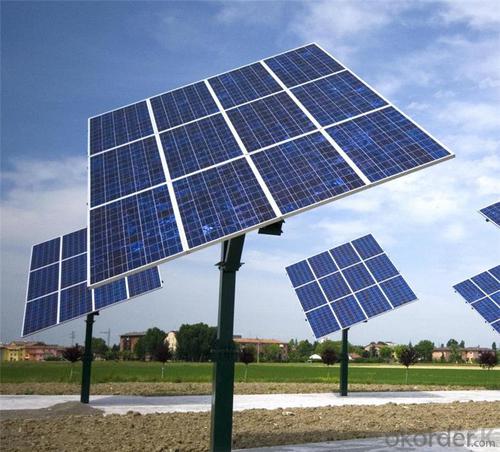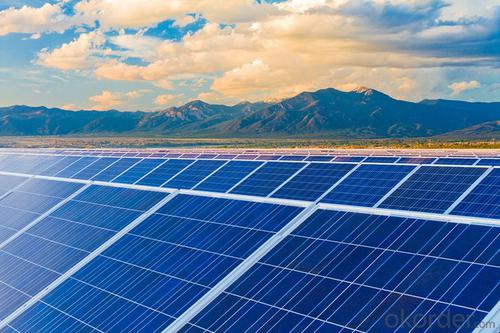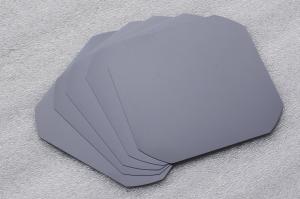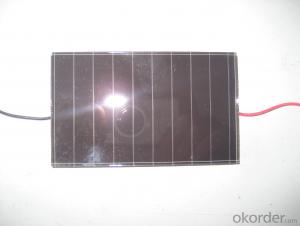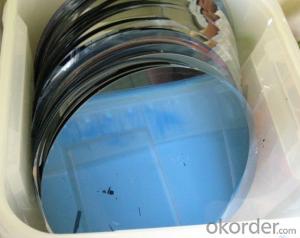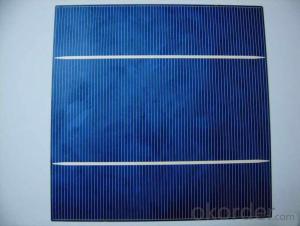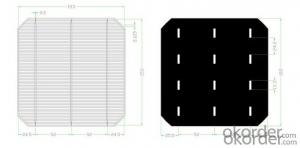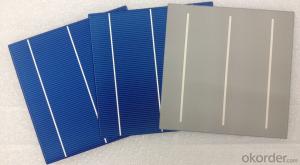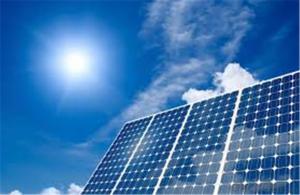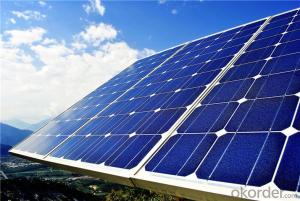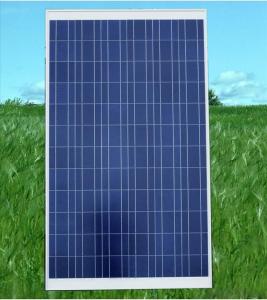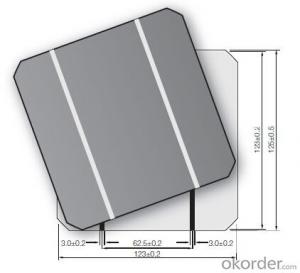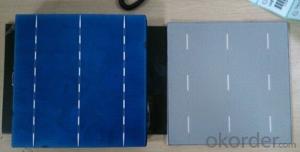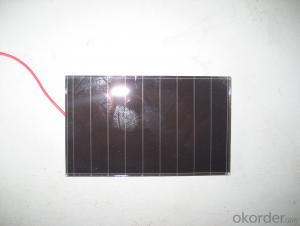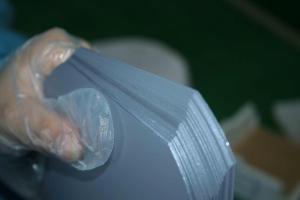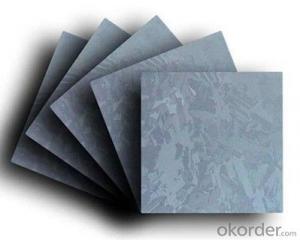240w Mono Silicon Solar Wafer Panels for Home Use Solar Power System
- Loading Port:
- China main port
- Payment Terms:
- TT OR LC
- Min Order Qty:
- 10000 watt
- Supply Capability:
- 20000000 watt/month
OKorder Service Pledge
OKorder Financial Service
You Might Also Like
Destription:
Solar panel refers to a panel designed to absorb the sun's rays as a source of energy for generating electricity or heating. A PV module is a packaged, connected assembly of typically 6×10 solar cells. Solar PV panels constitute the solar array of a photovoltaic system that generates and supplies solar electricity in commercial and residential applications.
Main Characteristic
1.Manufactured according to international quality and Environment Management
System (ISO9001, ISO14001)
2. By the high transmittance, low iron tempered glass, anti-aging of the EVA(polyethylene - vinyl acetate), high-performance crystalline silicon solar cells, good Weather resistance TPT (fluoroplastics composite membrane) by pyramid , has a good Weather resistance and anti-UV, hail, water-proof capacity.
3. OEM and customerized package are accepted
4. High efficiency crystalline silicon solar cells
Quality warranty
1.10 years limited warranty on material and workmanship
2. more than 90% power output in 10 years
3. more than 80% power output in 25 years
Product show
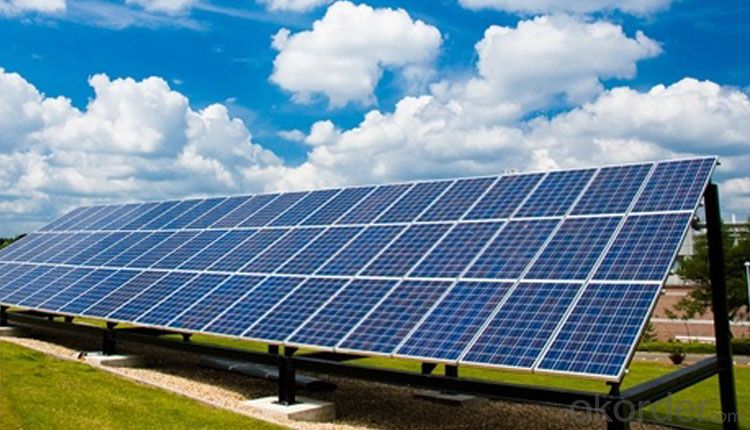
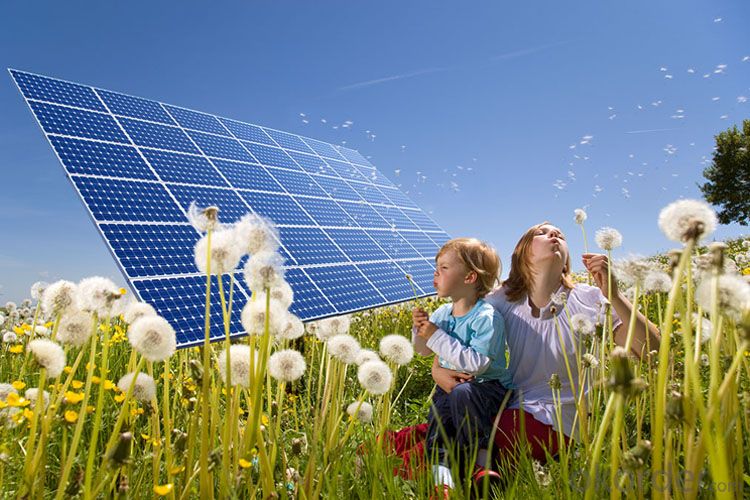

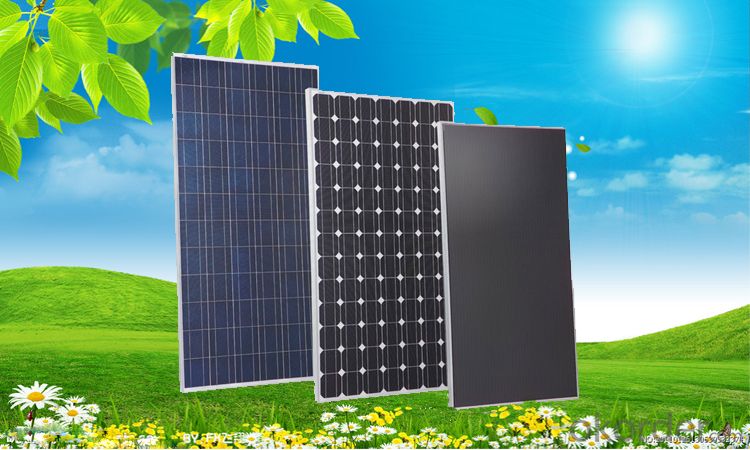
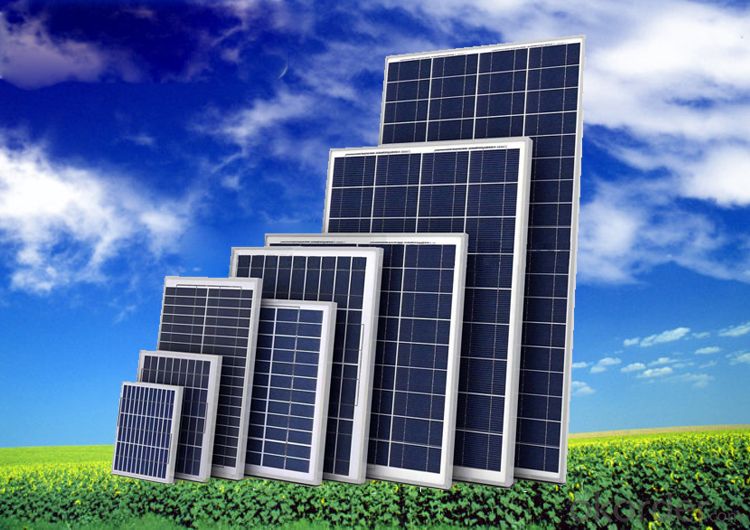
- Q: How is the bandgap of a solar silicon wafer determined?
- The bandgap of a solar silicon wafer is determined through various experimental techniques, such as photoluminescence spectroscopy or optical absorption measurements. These methods involve shining light of different wavelengths onto the wafer and measuring the corresponding response, which helps determine the energy difference between the valence and conduction bands, known as the bandgap.
- Q: What are the properties of a high-quality solar silicon wafer?
- A high-quality solar silicon wafer possesses several key properties. Firstly, it should have a high level of purity, typically exceeding 99.9999%, to ensure minimal impurities and defects. Additionally, it should exhibit excellent crystallographic orientation and uniformity to enhance the efficiency of solar cells. The wafer's thickness and surface quality are also crucial factors, requiring precise control and minimal imperfections to optimize light absorption and electron movement. Furthermore, a high-quality wafer should have low electrical resistance, allowing efficient charge carrier transport. Lastly, it should possess a low rate of light-induced degradation to ensure long-term stability and performance.
- Q: How do solar silicon wafers perform in low-temperature environments?
- Solar silicon wafers generally perform well in low-temperature environments. The efficiency of solar cells tends to increase with lower temperatures, as cooler temperatures reduce the resistance and losses within the cells. However, extremely low temperatures can cause a slight decrease in performance due to reduced mobility of charge carriers. Overall, solar silicon wafers are designed to withstand and function effectively in a wide range of temperatures, including low-temperature environments.
- Q: What is the effect of surface roughness on the performance of solar silicon wafers?
- The effect of surface roughness on the performance of solar silicon wafers is significant. A rough surface increases the likelihood of light scattering, reducing the efficiency of light absorption and conversion into electricity. It can also lead to increased recombination of charge carriers, resulting in lower overall power output. Therefore, minimizing surface roughness is crucial for maximizing the efficiency and performance of solar silicon wafers.
- Q: Are solar silicon wafers flexible?
- No, solar silicon wafers are not flexible. They are rigid and typically made from crystalline silicon, which is a brittle material.
- Q: How to do on the silicon wafer
- The general use of ultrasonic and pre cleaning (pickling) can be solved
- Q: How do solar silicon wafers contribute to energy security?
- Solar silicon wafers contribute to energy security by enabling the production of solar panels, which in turn generate clean and renewable energy. These wafers are essential components of photovoltaic cells, capturing sunlight and converting it into electricity. By harnessing solar power, countries can reduce their dependence on fossil fuels and achieve greater energy self-sufficiency. This diversification of energy sources helps to mitigate the risks associated with volatile fuel prices, geopolitical tensions, and environmental degradation, ultimately strengthening energy security.
- Q: How are solar silicon wafers protected from fire hazards?
- Solar silicon wafers are protected from fire hazards through the use of fire-resistant materials and proper safety protocols. The wafers are typically encapsulated in a protective material, such as tempered glass or durable polymers, which have high fire resistance. In addition, stringent safety measures are implemented during the manufacturing and installation processes to minimize the risk of fire, including proper insulation, electrical grounding, and adherence to fire safety codes and regulations.
- Q: What is the role of a mounting structure in a solar silicon wafer?
- The role of a mounting structure in a solar silicon wafer is to provide support and stability to the wafer, allowing it to be securely attached to a solar panel or other mounting surface. The mounting structure ensures that the wafer is properly positioned and protected, maximizing its exposure to sunlight and optimizing its energy generation capabilities.
- Q: How does the cost of a solar silicon wafer compare to other types of solar cells?
- The cost of a solar silicon wafer is generally higher compared to other types of solar cells. Silicon-based solar cells have been widely used and have a mature manufacturing process, which helps to reduce costs. However, alternative solar cell technologies such as thin-film solar cells or organic solar cells have lower material costs and can be manufactured using less energy-intensive processes. These factors contribute to a lower overall cost for these types of solar cells compared to silicon wafers.
Send your message to us
240w Mono Silicon Solar Wafer Panels for Home Use Solar Power System
- Loading Port:
- China main port
- Payment Terms:
- TT OR LC
- Min Order Qty:
- 10000 watt
- Supply Capability:
- 20000000 watt/month
OKorder Service Pledge
OKorder Financial Service
Similar products
Hot products
Hot Searches
Related keywords
